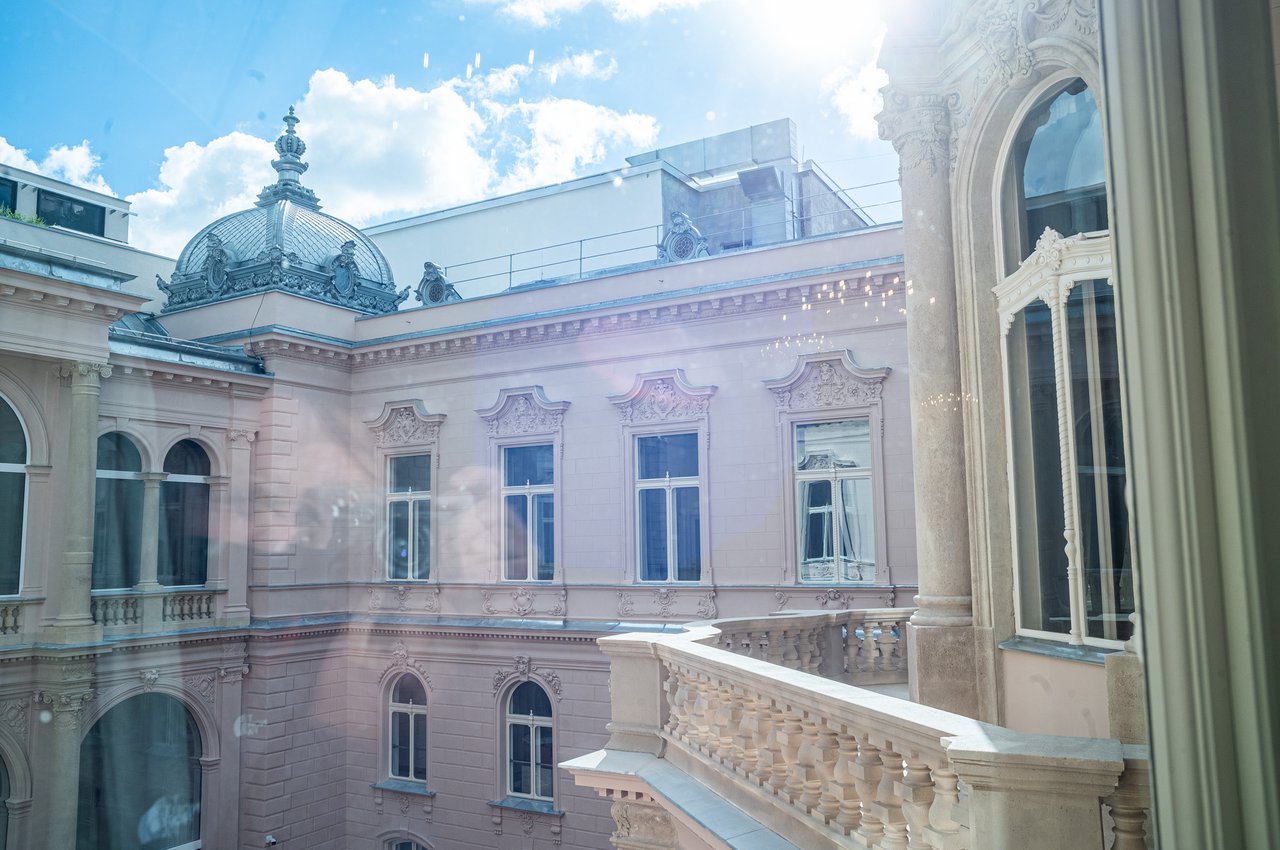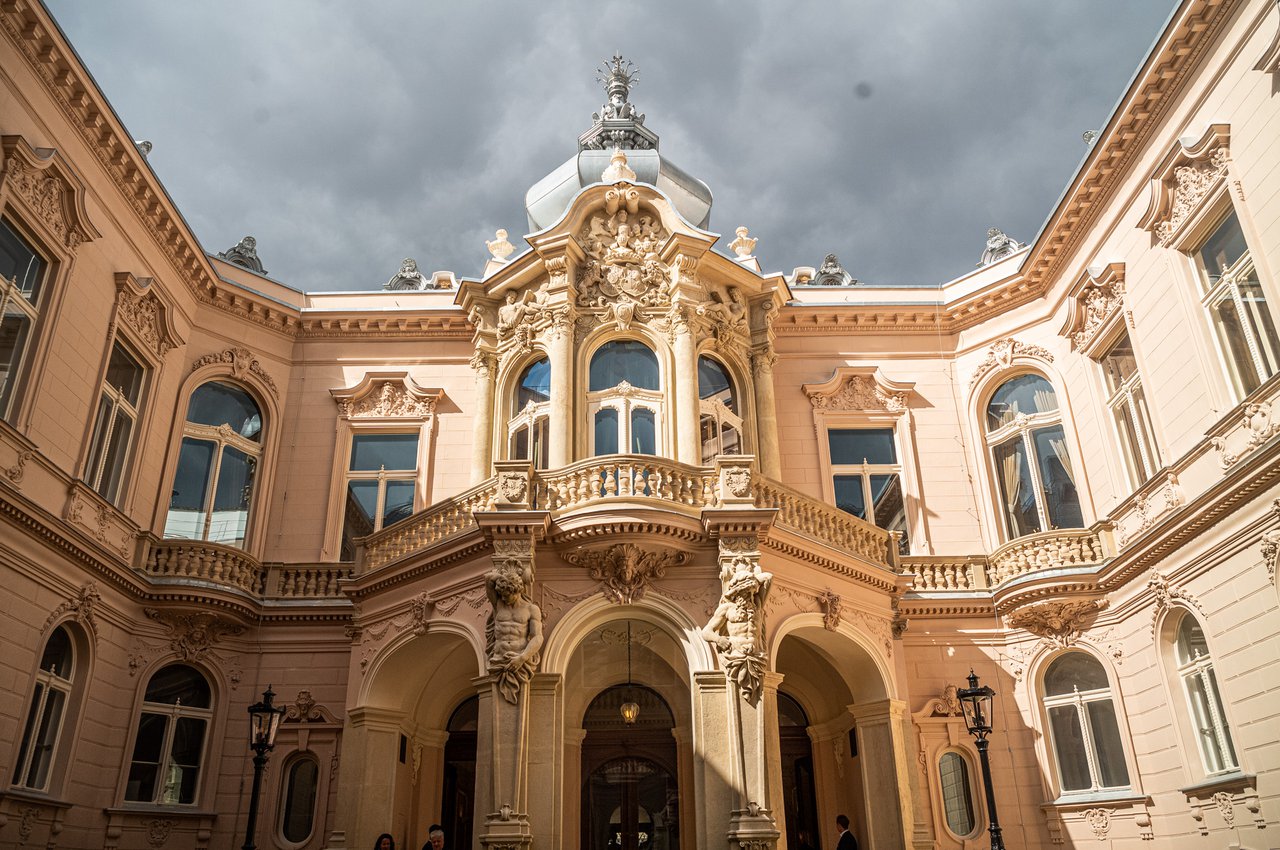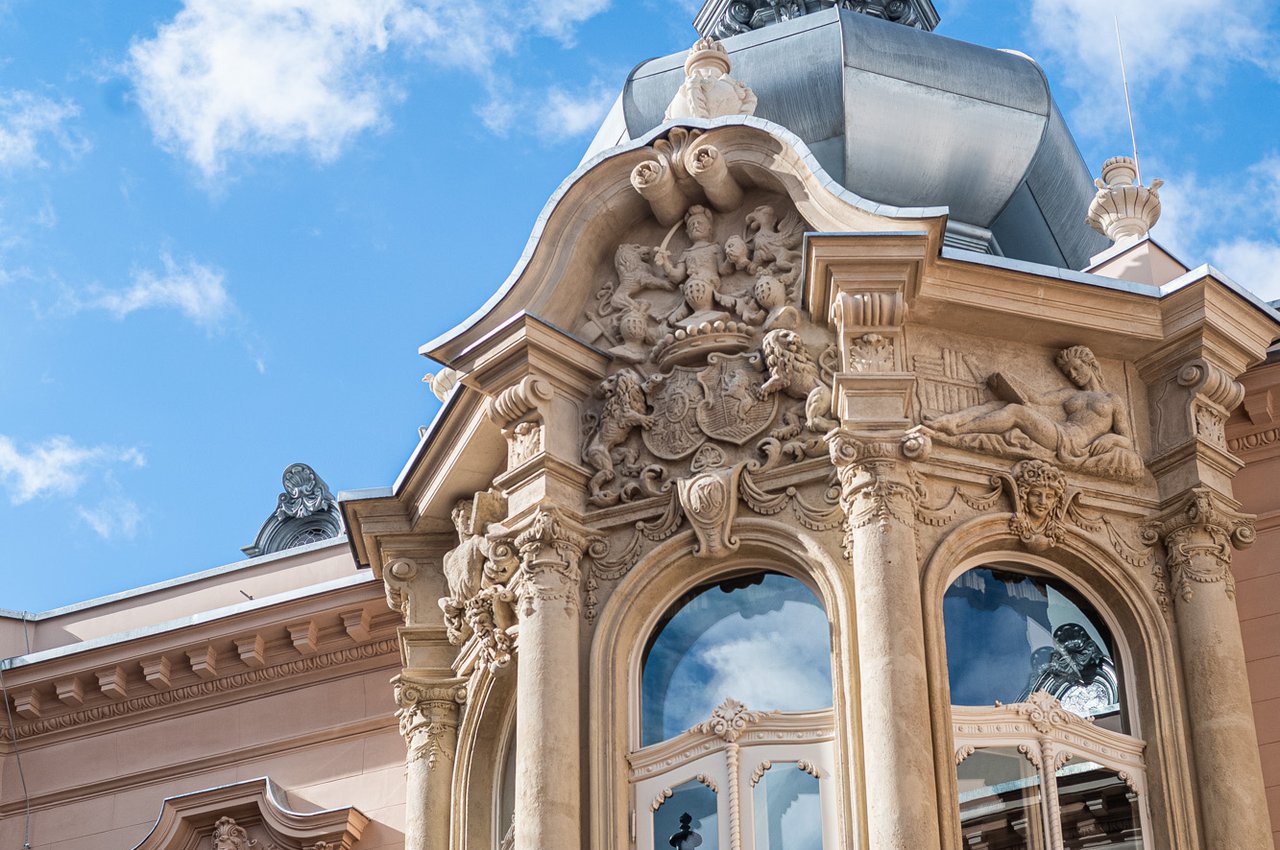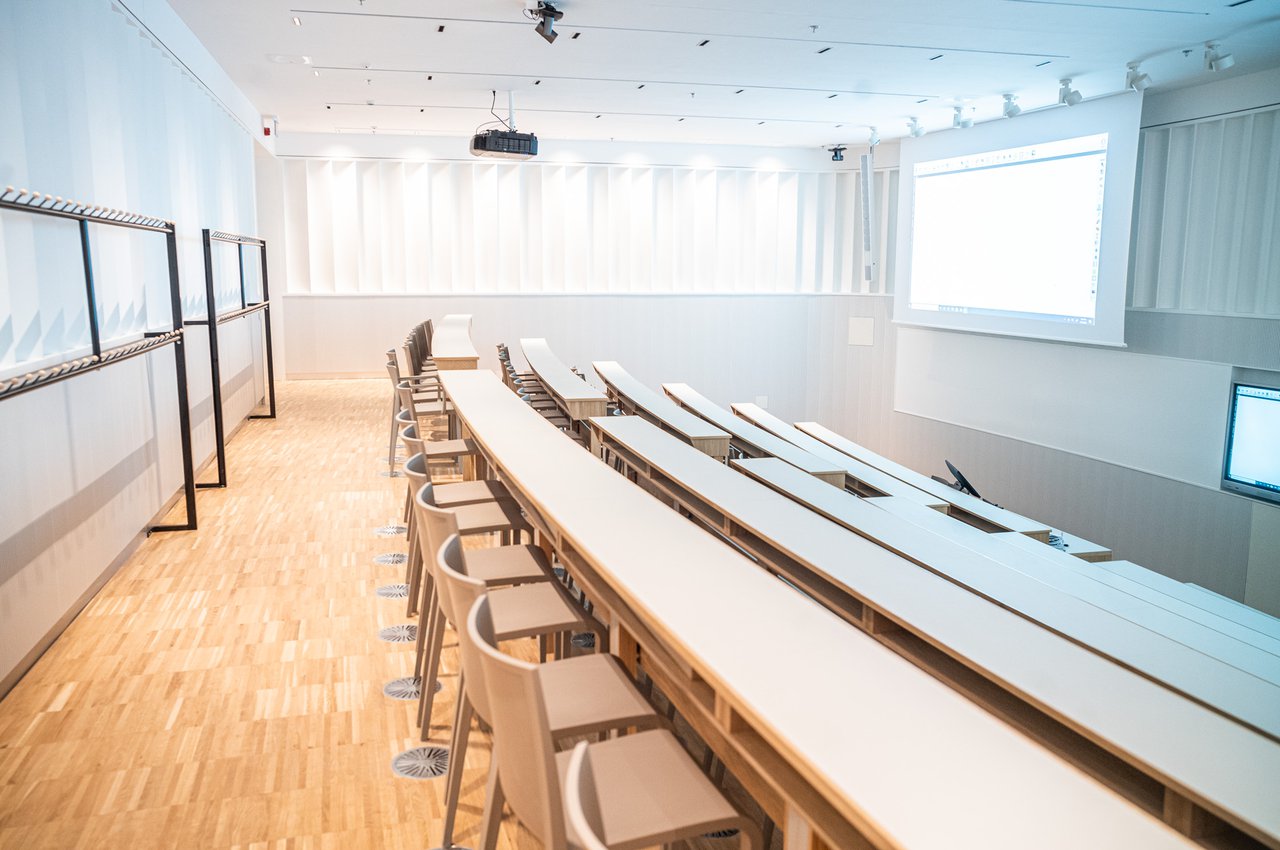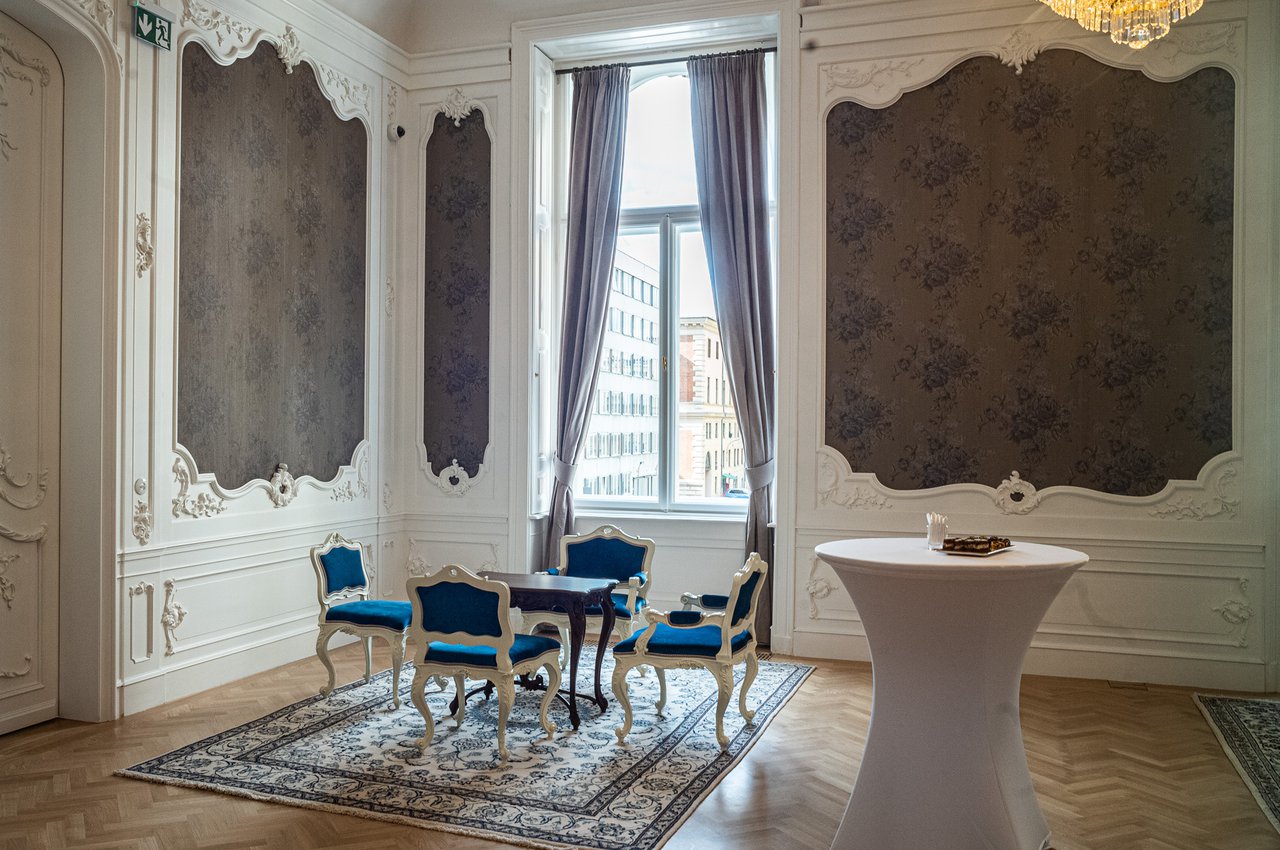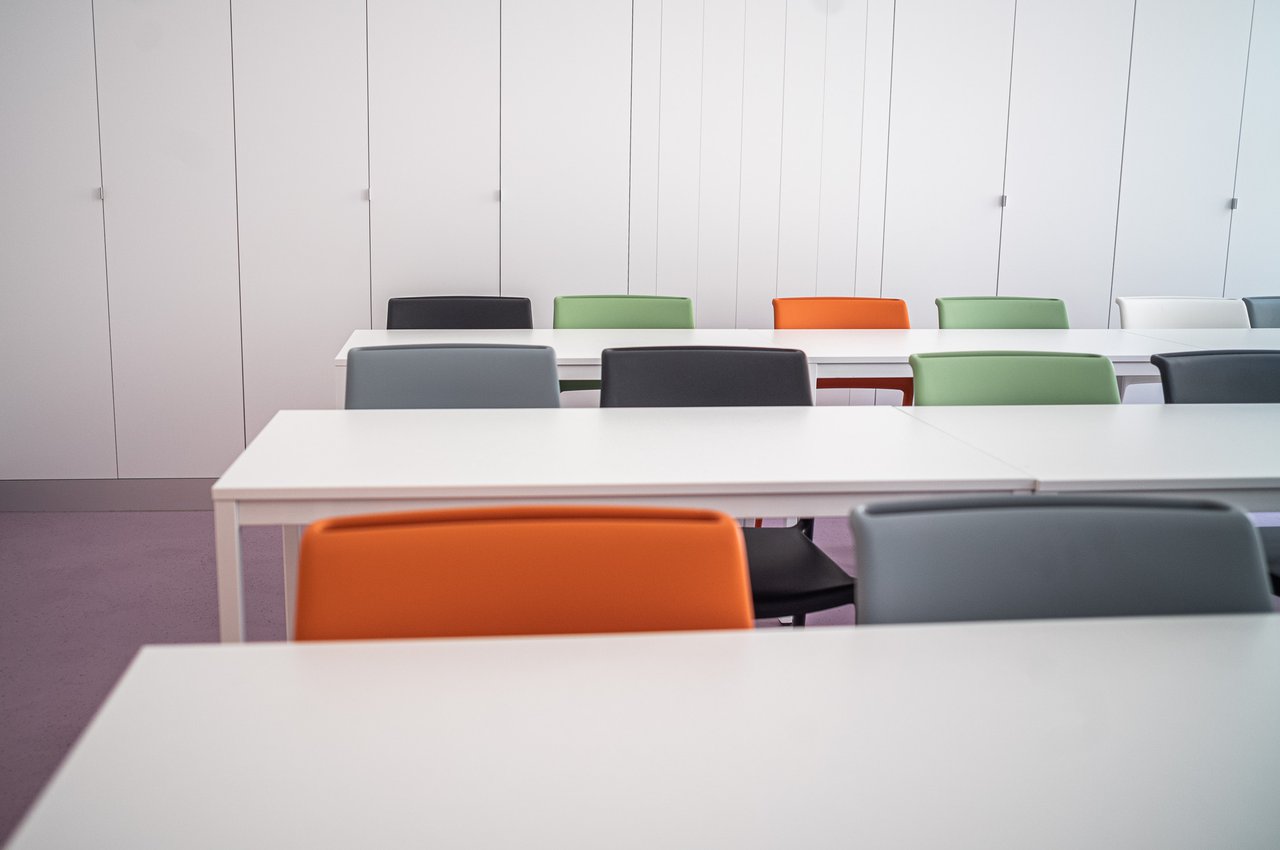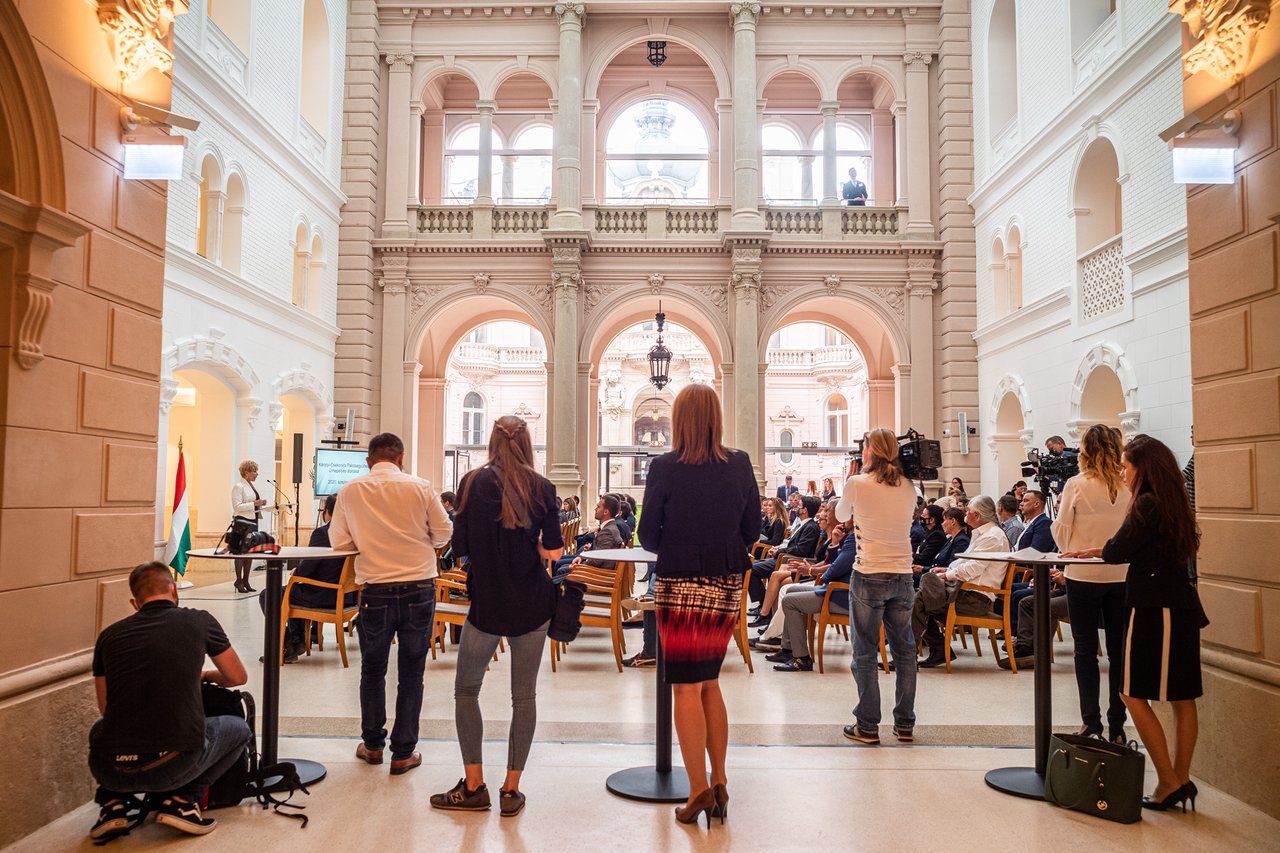
The newly renovated Károlyi-Csekonics palace complex, which is both historically preserved and able to serve state-of-the-art education purposes, has formally been entrusted to the Reformed Church in Hungary (RCH). From the beginning of the new academic year, the building, which has a capacity of 900 people, houses the Faculty of Humanities and Social Sciences of Károli Gáspár University of RCH.

The Neo-Baroque private palace located in the heart of Budapest was built between 1881 and 1885 by Count István Károlyi, who was a central figure in Hungarian public life and politics, and his wife, Margit Csekonics. Count Károlyi was a Member of Parliament, President of the National Casino, Honorary President of the Budapest-based charity Caritas, as well as Board Member of the Hungarian Academy of Sciences. The building complex, which had served variously as an estate centre, a family home, a meeting place of the elite, and later on as a space for rent, was severely damaged during the Second World War, but was not restored to its original state. In the post-war era it housed the National Technical Library for a long time, and it only gained a cultural heritage status in 2004. In 2015 the Government of Hungary decided to renovate the palace and offer it to the Reformed Church in Hungary for educational purposes.
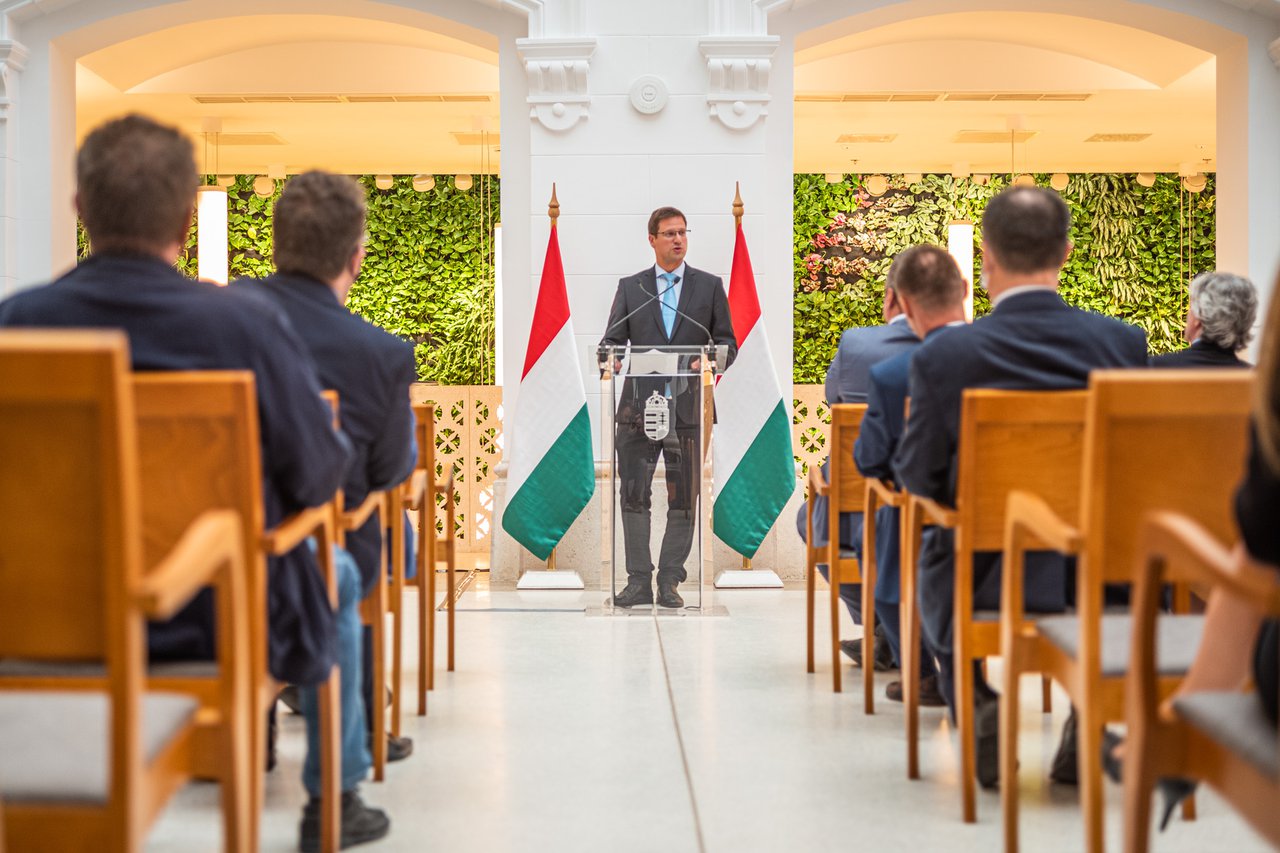
‘The great work is now completed, which has been a debt long overdue, ever since the fall of Communism,’ said Gergely Gulyás, Minister of the Prime Minister’s Office, at Tuesday’s inauguration ceremony. Mr. Gulyás was referring both to the fact that the greatness of this building had not been appreciated and protected during the years of Communism, but also to the fact that, according to his government, churches deserve financial and moral compensation for the four decades following 1948, decades that caused a great deal of harm to churches. ‘What happened here is a part of this,’ he added.
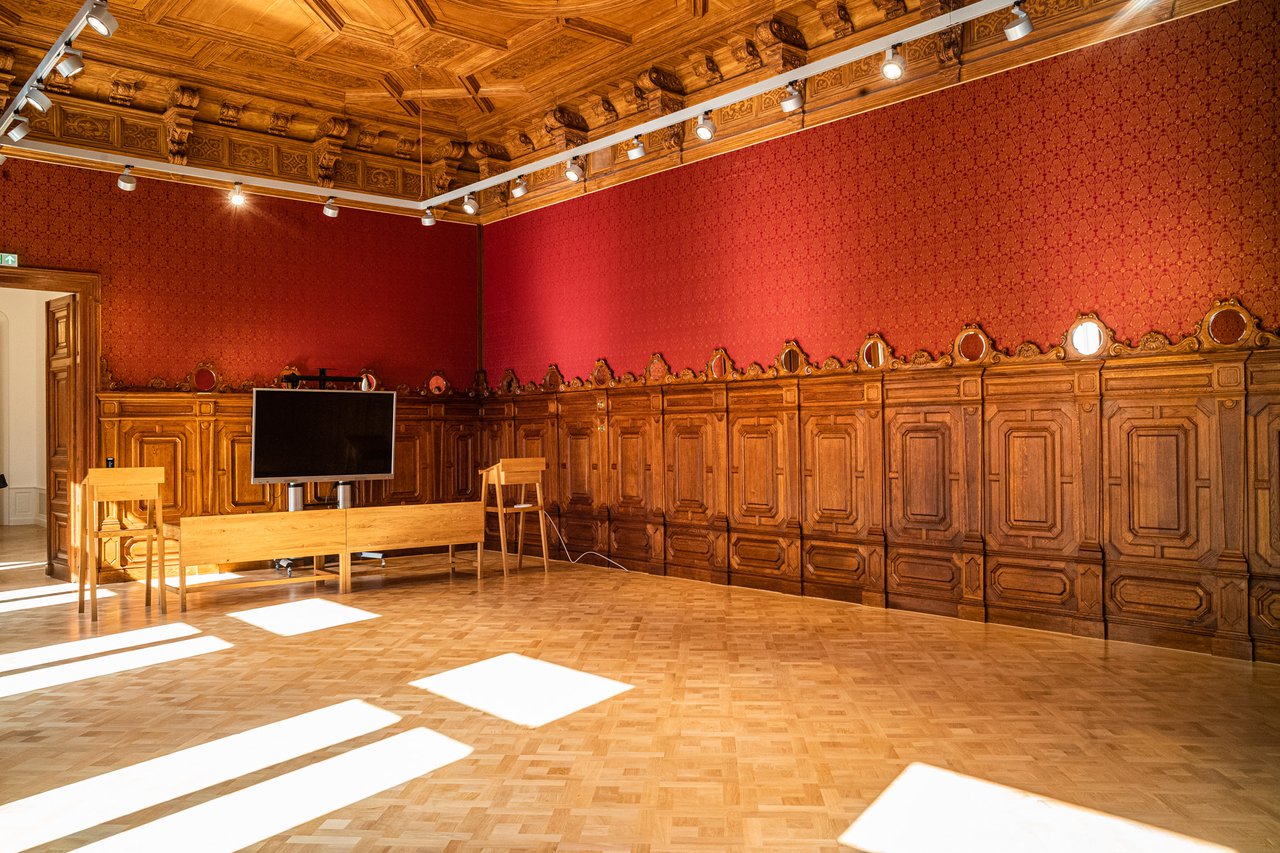
It is not easy to be custodian of an old castle. ‘It is the duty of the church to use this building appropriately, and it is the duty of the university to fill the building with substance, honoring those who built it,’ the minister pointed out. ‘Our hope is that these spaces will become symbolic and beneficial to us all, inspiring pride not only in the Reformed community, but in all Hungarians.’
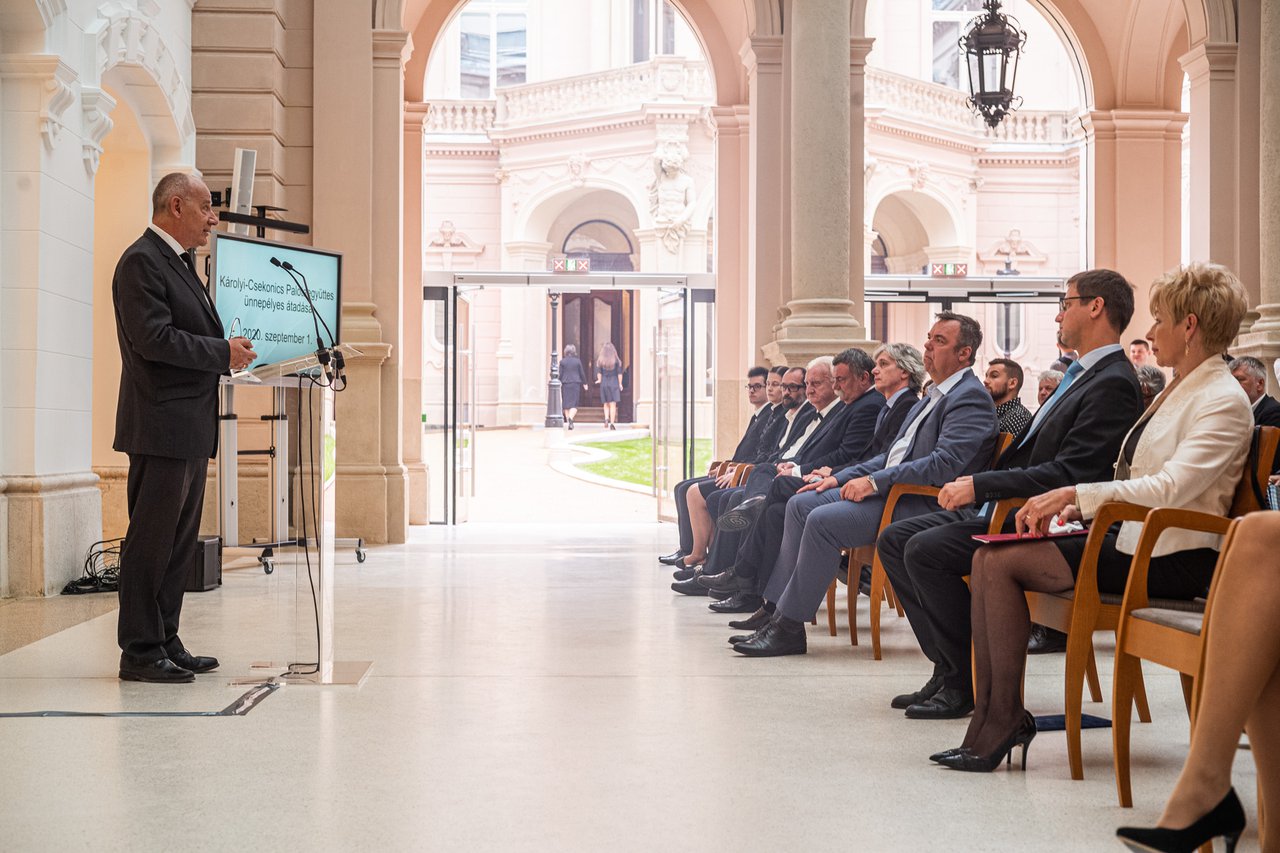
‘We have been given a gift and a task,’ Bishop István Bogárdi Szabó said of the building complex. The ministerial president of RCH’s Synod reminded the audience that in the past, dynasties that founded universities would typically wait for a few generations before establishing a scholarship or an institute, to see whether the school would stand the test of time. ‘The grand endowment offered by the Government of Hungary is not only a kind of restoration, but also a sign of trust, as they are supporting an institution that is a mere twenty years old,’ expressed his gratitude Bishop Bogárdi Szabó.
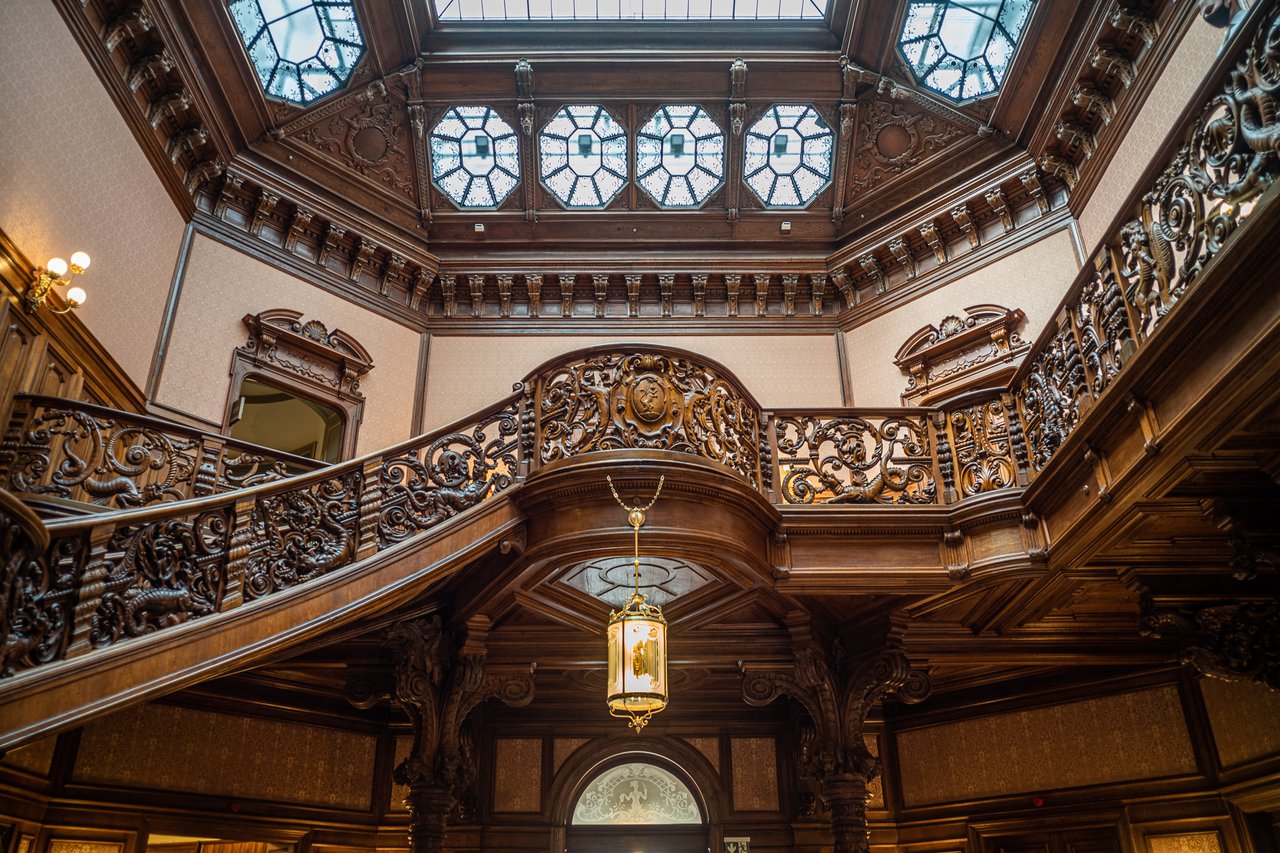
Referencing Chapter 2 of Proverbs, the church leader pointed out that God is the source and provider of every insight, understanding, wisdom, truth and beauty. His wish for future Károli students who would come to this building to ‘study wisdom, science, knowledge and truth’ and would hopefully go on to become members of the intelligentsia was that ‘the beauty emanating from the building and the incredible scientific knowledge would enable them to see God’s endless simplicity.’
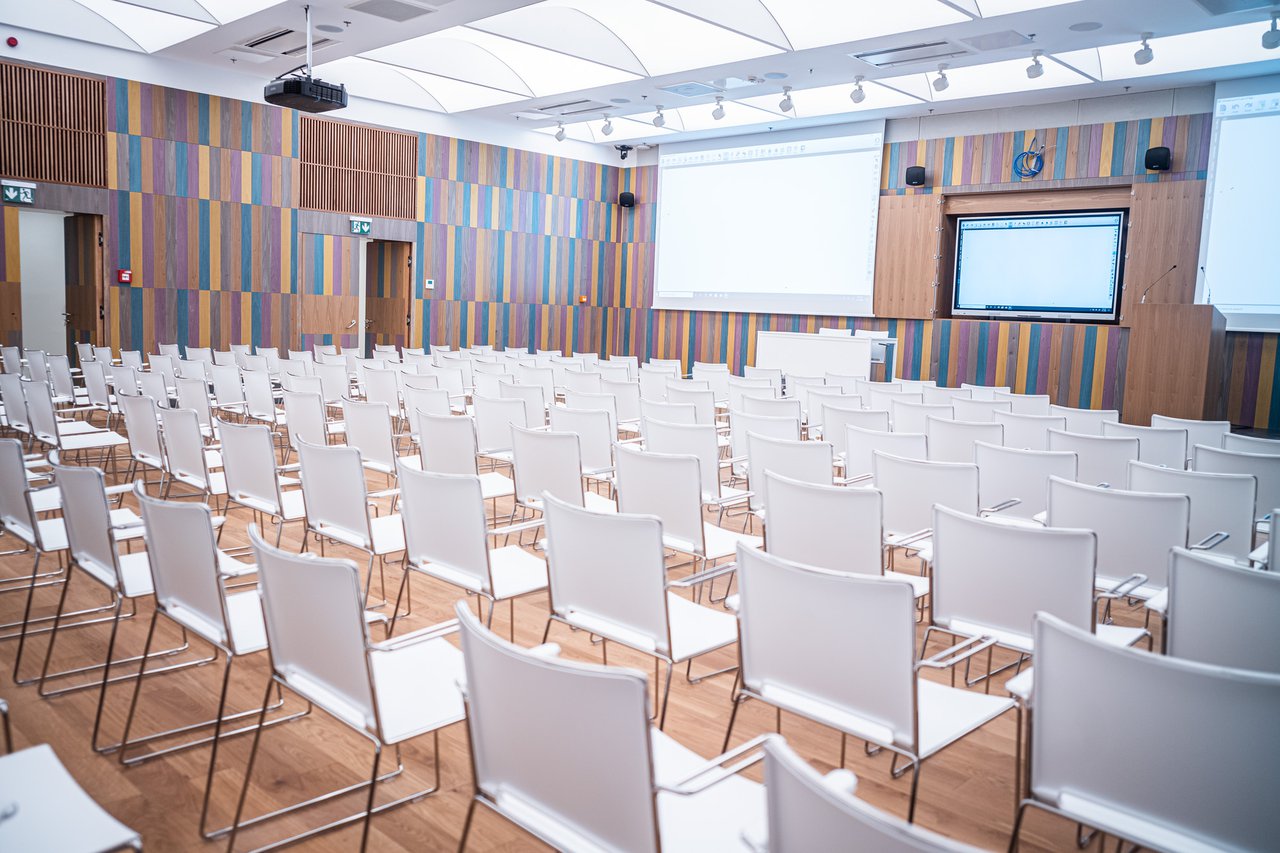
The over 8000 students of Károli Gáspár University are starting the semester with face-to-face tuition, therefore the classrooms and community spaces will soon be filled with young adults. The newly inaugurated building complex is especially helpful during the current coronavirus pandemic, as the 500-seat conference hall, the 120-seat and two smaller lecture halls, as well as further 25 classrooms enable the university to comply with coronavirus regulations more easily. ‘This complex will be the scene of both daily education and university as well as church events,’ said Ágnes Czine, Károli’s Deputy Rector performing the duties of the Rector.
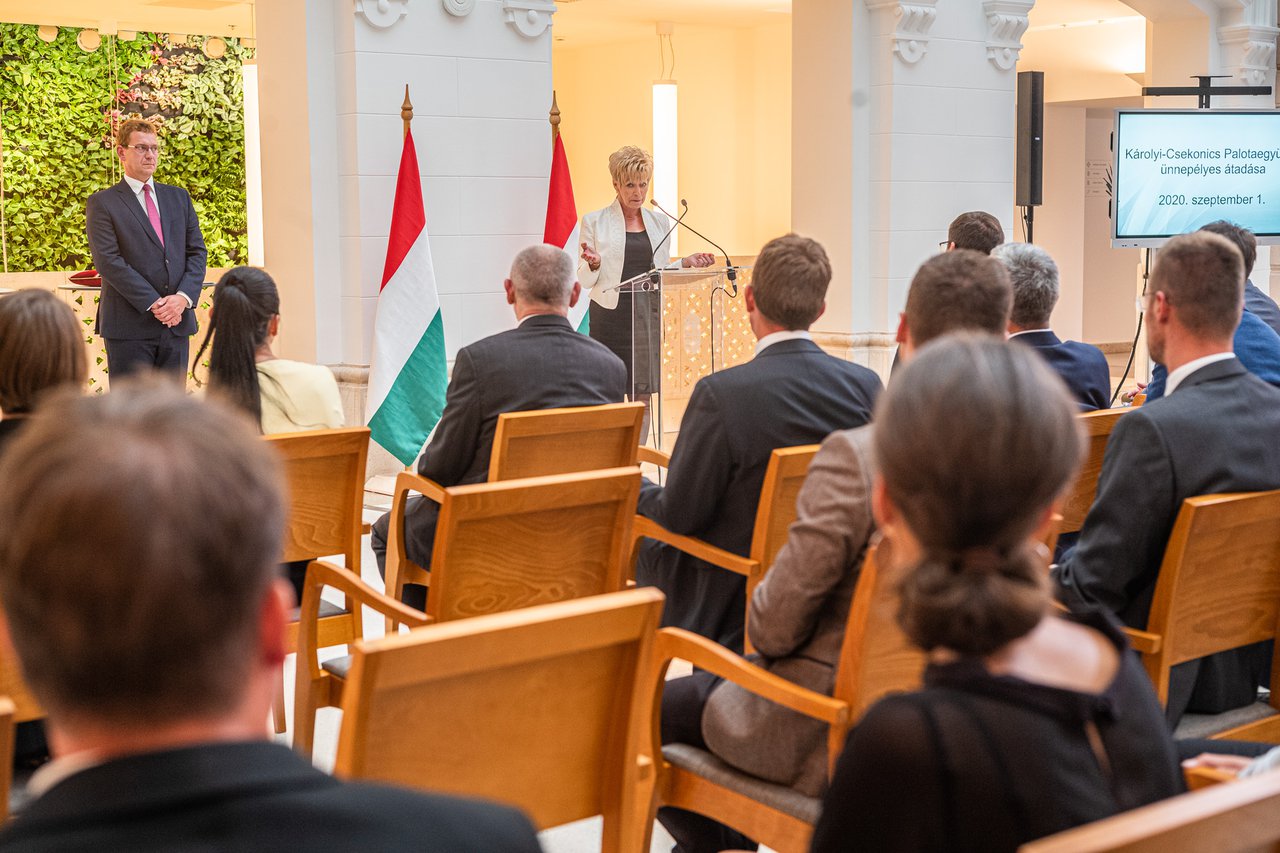
‘Our university has always put a strong emphasis on preserving and passing on the achievements of our national history and our national treasures. We promise to take special care of this unique building, and we welcome everyone with Christian love who wishes to marvel at its beauty, as this treasure belongs not only to the university and to the church, but also to the whole nation,’ the Deputy Rector added. She expressed her hope that the students learning here will feel a sense of responsibility regarding the preservation of national treasures, guided by the example of those who originally commissioned the erection of this palace.

The palace, which has an atrium and an internal yard, will house the faculty leadership, as well as the four departments of the Institute of History, which has outgrown the neighbouring building. Furthermore, the Doctoral School of History will also move here from the university’s Dózsa György Street campus. It is not by accident that these two organizational units have been selected: this decision, just like the way the renovation has been implemented, is a symbol of the fact that traditions are being preserved in a modern fashion, explained Dean Géza Horváth.
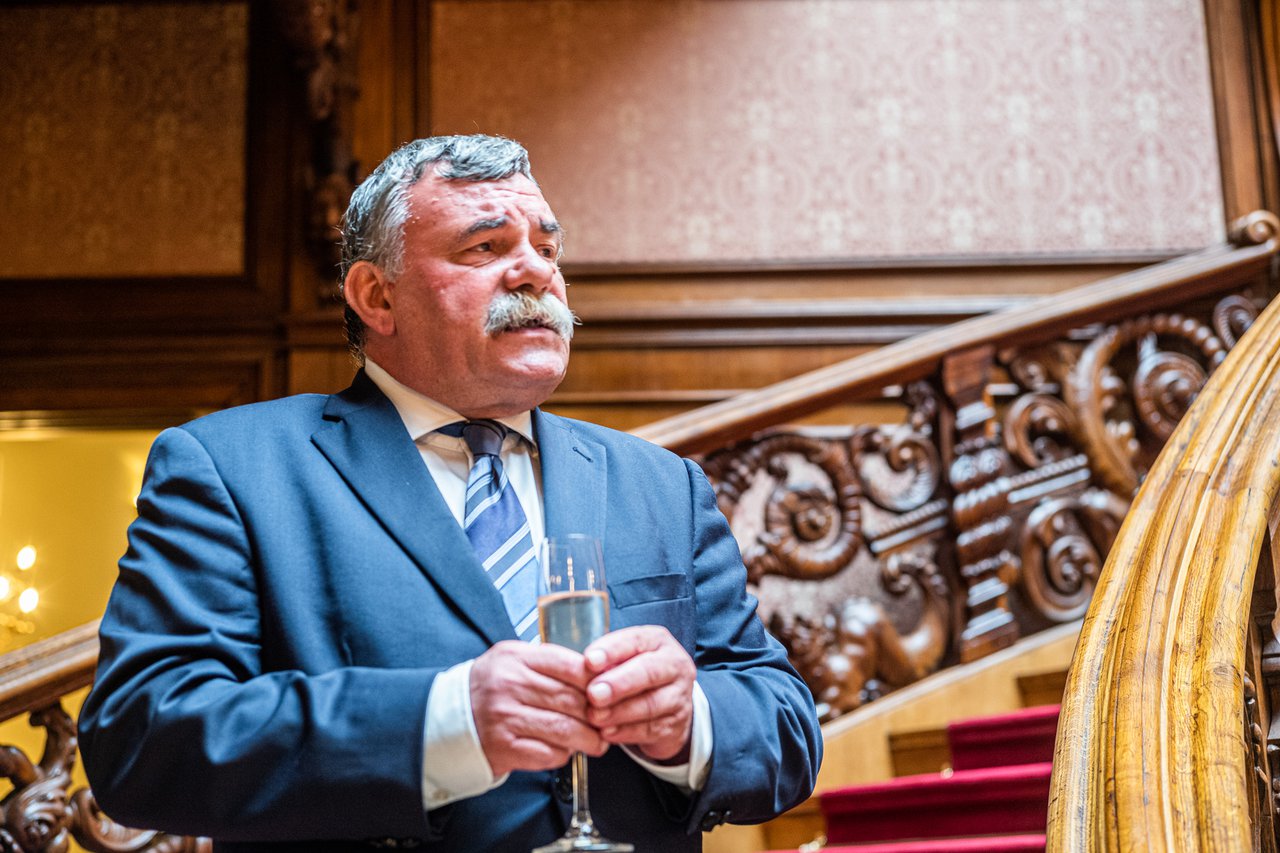
Despite the fact that there are fewer and fewer students in higher education in Hungary, Károli University, and more specifically the Faculty of Humanities and Social Sciences has been one of the few exceptions where the number of students has been rising. At present, the faculty has 4324 students, 3321 of whom study with a state scholarship. Dean Horváth believes that the faculty’s success lies in the friendly atmosphere that is based on honesty and trust. In his toast, he emphasized the role of his predecessor, Enikő Sepsi, who worked towards this achievement for three three-year cycles.
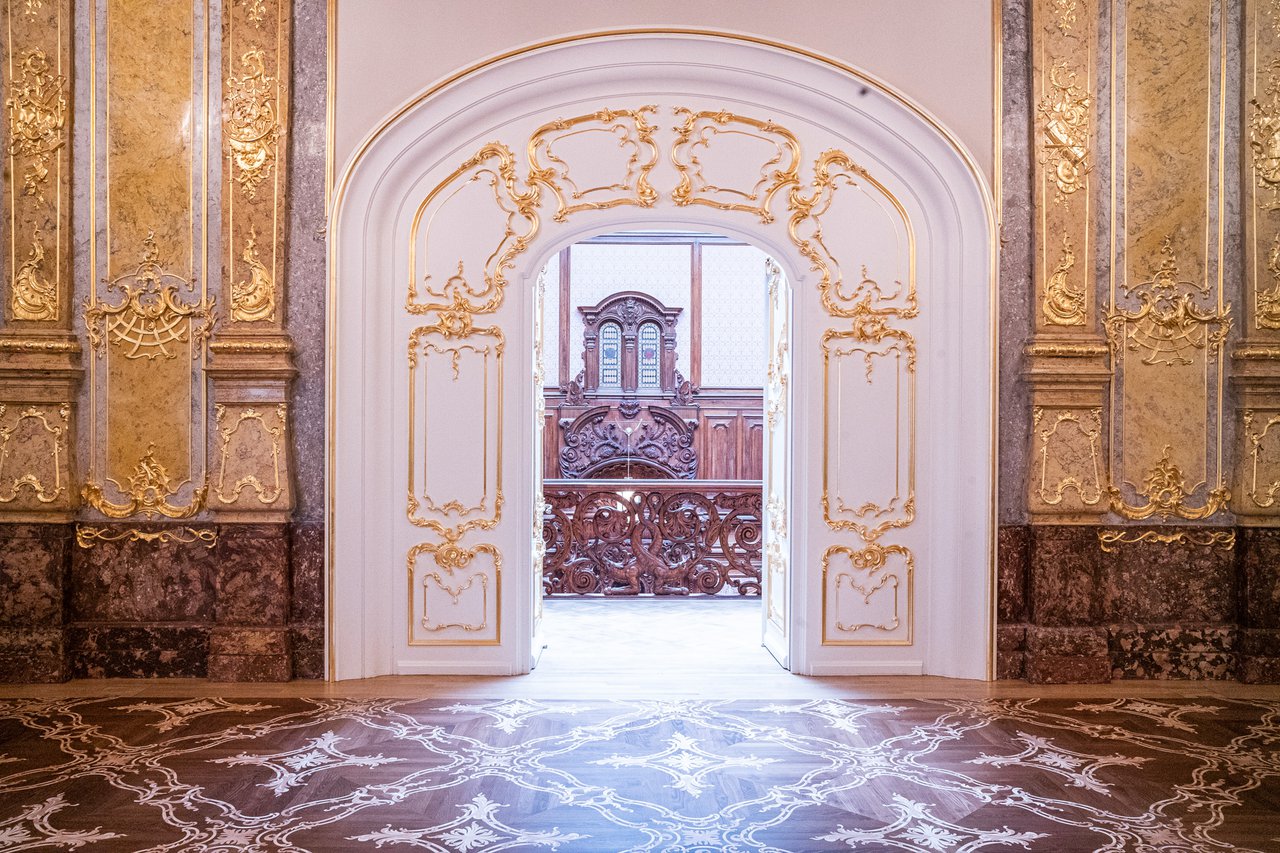
The renovation, the total cost of which is 14 billion HUF (appr. 3.89 million EUR), started back in 2017. The building contractors aimed to restore the elegant Múzeum-Street wing of the palace complex to its original state. The dean’s and faculty offices, as well as the student council have moved here, and the wing also contains a library and representative spaces. The dome of the building has been rebuilt, as shown in earlier photos, and the carved wooden staircase has also been preserved (see another photo above). With the help of discoveries made during the renovation and research conducted in archives, heritage preservation experts encountered several details that had been previously unknown, and they did their best to save and incorporate these, which explains why the renovation took so long. Among other features, they restored the former ball room, and with the help of photographs, recreated its fresco designed by Károly Lotz.
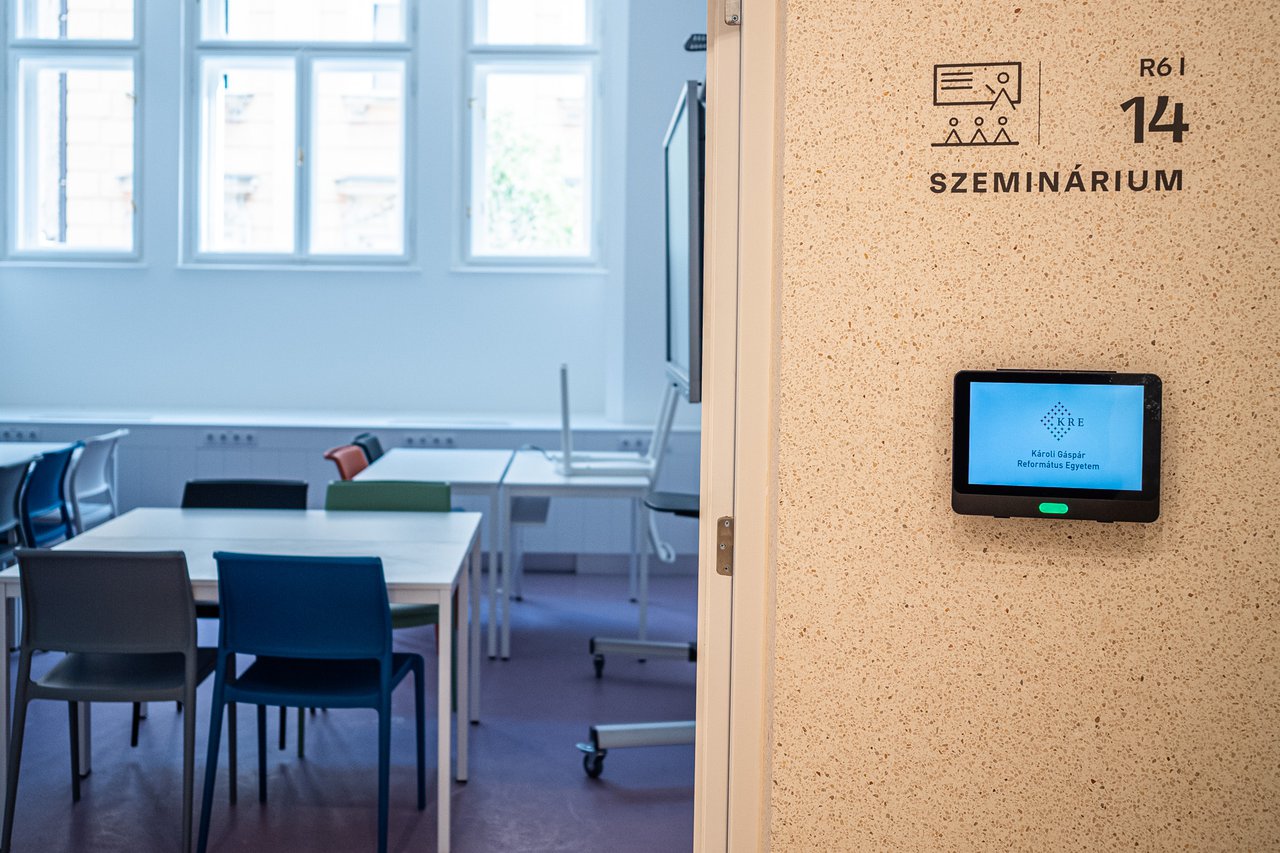
In contrast, the Reviczky-Street section of the building was almost completely rebuilt from the basement to the roof; only the façade has been preserved. The original state of this wing, which had been intended to be a coach house and lodging for the servants, proved to be impossible due to previous restructurings, therefore it was transformed into a modern school building, and the university bookstore was designed in a way to make it accessible from the street as well. Each classroom is equipped with modern education technology devices: projectors, mobile digital boards and wall-to-wall board surfaces, while the larger lecture halls are fitted with acoustic wood panels. The teachers who have already tried these new facilities report that the quality of teaching has risen significantly as a result.
Photo gallery: Two faces of the same building
Features of the 21th century mingle with Neo-Baroque style in the building of the Károli Gáspár University of RCH. Look at the Photo Gallery of the building
Translated by Erzsébet Bölcskei
